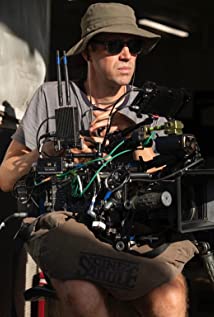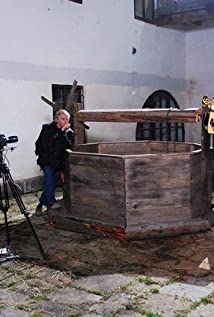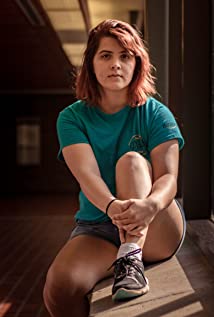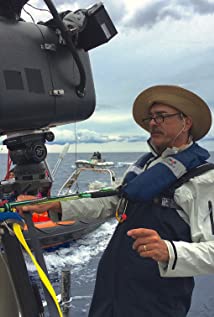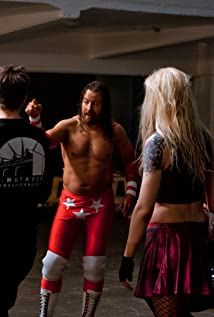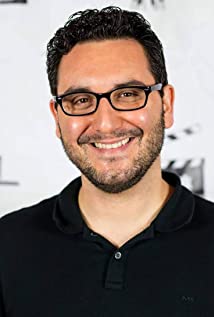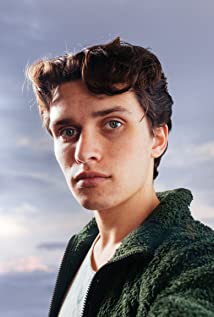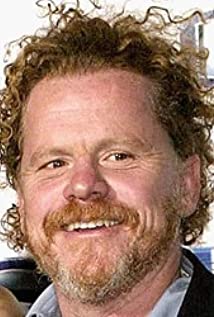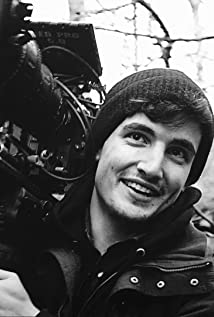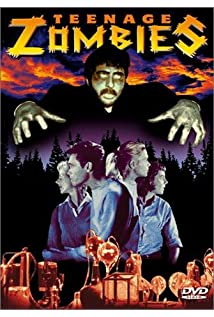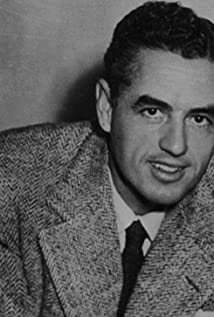
As per our current Database, Lucien Ballard has been died on 1 October, 1988 at Rancho Mirage, California, USA.
When Lucien Ballard die, Lucien Ballard was 84 years old.
| Popular As | Lucien Ballard |
| Occupation | Cinematographer |
| Age | 84 years old |
| Zodiac Sign | Taurus |
| Born | May 6, 1904 (Miami, Oklahoma, USA) |
| Birthday | May 6 |
| Town/City | Miami, Oklahoma, USA |
| Nationality | USA |
Lucien Ballard’s zodiac sign is Taurus. According to astrologers, Taurus is practical and well-grounded, the sign harvests the fruits of labor. They feel the need to always be surrounded by love and beauty, turned to the material world, hedonism, and physical pleasures. People born with their Sun in Taurus are sensual and tactile, considering touch and taste the most important of all senses. Stable and conservative, this is one of the most reliable signs of the zodiac, ready to endure and stick to their choices until they reach the point of personal satisfaction.
Lucien Ballard was born in the Year of the Dragon. A powerful sign, those born under the Chinese Zodiac sign of the Dragon are energetic and warm-hearted, charismatic, lucky at love and egotistic. They’re natural born leaders, good at giving orders and doing what’s necessary to remain on top. Compatible with Monkey and Rat.


Lucien Ballard, the cinematographer best known for his collaboration with director Sam Peckinpah on such films as The Wild Bunch (1969), was born in Miami, Oklahoma. Ballard became a wanderer after dropping out of the Ivy League University of Pennsylvania and the University of Oklahoma, journeying to China in search of opportunity.
When he returned to the United States after not finding any, Ballard gained employment in the lumber business, working in a mill sawing trees and surveying land.Near the end of the decade known as the Roaring Twenties, Ballard visited a woman friend who worked as a script clerk at Paramount, and that was the connection that brought him into show business.
He was hired by Paramount as a manual laborer loading trucks and worked his way onto a camera crew, starting as a camera assistant. He eventually served a five year apprenticeship, during which he moved his way up the hierarchy to camera operator, the member of the camera crew second-in-seniority to the cinematographer (or lighting cameraman, also known as the director of photography) that actually operates the camera, working with directors Victor Milner, Charles Rosher, and others.
He also became experienced as as a film editor at Paramount. Ballard eventually was assigned to the cinematography unit assigned to director Josef von Sternberg, who used him as a camera operator and later as a lighting cameraman.
(It was on the set of Von Sternberg's Morocco (1930) that Ballard first worked with Henry Hathaway, then an assistant director but who later, as a director, used Ballard extensively.)Von Sternberg, who oversaw and constructed the visuals on his early films, was credited as cinematographer for The Devil Is a Woman (1935).
Though Ballard did not receive credit as a lighting cameraman on the film, this is usually credited (despite the non-credit) as his first film as a director of photographer (a more honored title for a lighting cameraman; just as "Written By" is a privilege for screenwriters to be credited with, so is "Director of Photography" for the cinematographer).
Indeed, Ballard and Von Sternberg jointly were cited by the 1935 Venice Film Festival award for "Best Cinematography" for The Devil Is a Woman (1935), though officially, Ballard received his first credit for cinematography on B.
P. Schulberg's production of Fyodor Dostoevsky's Crime and Punishment (1935), which also was directed by Von Sternberg.Ballard and Von Sternbereg collaborated once more on the musical The King Steps Out (1936), but parted ways after falling out, likely over control of the visuals.
Ballard moved over to Columbia in 1935, where he worked as a director of photography for five years, primely for the B-movie unit on their less-prestigious low-budgeted "B-pictures" and on two-reel shorts.
After quitting Columbia in 1940, he went to work for Howard Hughes on the eccentric multi-millionaire's attempted-smut fest, The Outlaw (1943). Hughes wanted to show off the twin assets of Jane Russell, which -- for his taste -- required innovative camera angles of her cleavage, one of the then-wonders of the then (natural) world.
Ballard shot test scenes for the flick and worked as an assistant on the first-unit crew of the great cinematographer Gregg Toland and as the lighting cameraman on the second unit. Though the film was shot in 1940 and 1941, due to Hughes' perfectionism and censorship troubles, the film, though completed and screened in 1943, was be distributed until after World War II, in 1946.
After Hughes, Ballard shot two pictures for R.K.O., and then moved on to 20th Century Fox for the war period (1941-45). It was at Fox, working on A-pictures, that Ballard first established his reputation, as a master of motion pictures shot on studio sets.
On the set of the 1944 movie The Lodger (1944), Ballard met actress Merle Oberon, whom he married in 1945. After Oberon sustained facial scarring after a near-fatal automobile accident, Ballard invented a key light to be mounted by the side of the camera.
The light, nicknamed the "Obie" after his wife, directed light onto the subject's face to wash out blemishes and wrinkles so they would not be caught on film. Ballard and Oberon divorced in 1949.After the war, Ballard spent two years at Universal and another two years at R.
K.O. (working again for Hughes, who now owned the studio), before returning to 20th Century Fox for a six-year stint. Fox chief Darryl F. Zanuck had committed the studio to turning out pictures shot in the widescreen CinemaScope process and in Technicolor.
The widescreen anamorphic process based on the the "hypergonar" lens called "Anamorphoscope" that 20th Century-Fox bought and redubbed "CinemaScope" had actually been invented by the Frenchman 'Henri Chrétien' in the late 1920s.
It was at Fox that Ballard gained his renowned experience in shooting both widescreen and color, particularly with his Westerns, establishing his reputation as a first-rate D.P. anew in these "new" media.
His mastery of the wide-screen was fully evident when he shot +The Wild Bunch), a film in which he completely used the widescreen frame. (By the mid-1970s, due to the insistence of television, most widescreen films were shot by bunching the main action in a center frame approximating the Academy aperture of 4:3, thus obviating the expense of creating "pan and scan" movies for TV-broadcast.
This eventually led to faux widescreen, when the industry jettisoned the entire use of the frame, which was squeezed onto the negative, and merely masked a camera, producing a simulation of widescreen without the need for squeezing that did not use the full frame.
Thus, a film could be shown theatrically by masking a screen at the theater, and the unmasked film could be shown on TV in the 4:3 aspect. However, men like Ballard and Freddie Young were masters of the "true" widescreen.
)His old friend Henry Hathaway, now a major director, used Ballard extensively in the early 1950s. They collaborated on Diplomatic Courier (1952), O. Henry's Full House (1952), and Prince Valiant (1954) in that decade, though by 1956, Ballard was sufficiently established to go freelance.
This meant their next collaborations did not come until the 1960s: The Sons of Katie Elder (1965), Nevada Smith (1966), and True Grit (1969). Ballard was also able to establish a long-time collaboration -- and friendship -- with director Budd Boetticher, shooting the director's The Magnificent Matador (1955), The Killer Is Loose (1956) (1956), the pilot episode for the television show Maverick (1957), and the Randolph Scott Buchanan Rides Alone (1958).
In 1959, he shot The Rise and Fall of Legs Diamond (1960), Boetticher's last film before the quixotic director pursued his monumental cinema biography of the Mexican matador Carlos Arruza, a decade-long labor of love.
Boetticher later told of how when the "Legs Diamond" producer saw the flat look Ballard had created for the film, after discussions with Boetticher, to recreate an authentic look and feel of the 1920s by mimicking the cinematography of that era, the producer criticized Ballard's footage.
Not understanding what they were after, he complained to Boetticher, "I thought you said Ballard was a good cameraman!"In addition to much of the bull-fighting footage contained in the docudrama Arruza (1972), Ballard shot Boetticher's last feature film, A Time for Dying (1969).
As a favor to his friend, Ballard also shot Boetticher's documentary about his horse farm, My Kingdom For... (1985), after having retired seven years before.One collaboration that didn't stick was with Stanley Kubrick, who was 20 years Ballard's junior, though their joint effort produced a memorable look and atmosphere for Kubricks's breakthrough work, the seminal crime drama The Killing (1956).
(This film was the true inspiration for the time-shifts favored by '90s cinema wunderkind 'Quentin Tarrantino' .) The experienced and respected Ballard returned to his Black + Whites roots as the cinematographer on The Killing (1956), but Kubrick always experienced friction with his directors of photography as he, a very talented photographer, essentially considered himself his own D.
P.The relationship that Ballard is most famous for was with Sam Peckinpah. They first worked together on the 'Brian Keith' TV series _The Westerner (1960)_ , which had been created by Peckinpah but only lasted half-a-season, and then on the classic 'Randolph Scott' -Joel McCrea Western Ride the High Country (1962).
However, it was their next collaboration, The Wild Bunch (1969), that elevated Peckinpah into the pantheon of great directors and made Ballard well-known outside the small circle of professional cinematographers and cult cineastes.
Ballard also shot The Ballad of Cable Hogue (1970), The Getaway (1972), and Junior Bonner (1972) for Peckinpah, becoming a principle collaborator with the emotionally troubled and producer-plagued director during the period of his greatness.
Surprisingly, though he worked as director of photography on almost 130 films during his career as a lighting cameraman from 1935 to 1978, Lucien Ballard was nominated just once for an Academy Award for Best Cinematography, in 1964 for for his Black + White work on The Caretakers (1963).
The oversight is inexplicable, particularly as there were two awards for cinematography (B+W and color) during the bulk of his career. In 1970, he was honored by the National Society of Film Critics with its "Best Cinematography" for his great widescreen work on Peckinpah's epic masterpiece The Wild Bunch (1969), which somehow failed to generate an Oscar nomination.
(The American Society of Cinematographers was a tightly controlled clan that provided the bulk of the voters for the Oscar nominations. The Oscar voters also inexplicably blackballed the great Gordon Willis during his career.
)Lucien Ballard died near his Rancho Mirage, California, home in a car accident on October 1, 1988. He was 80 years old.
